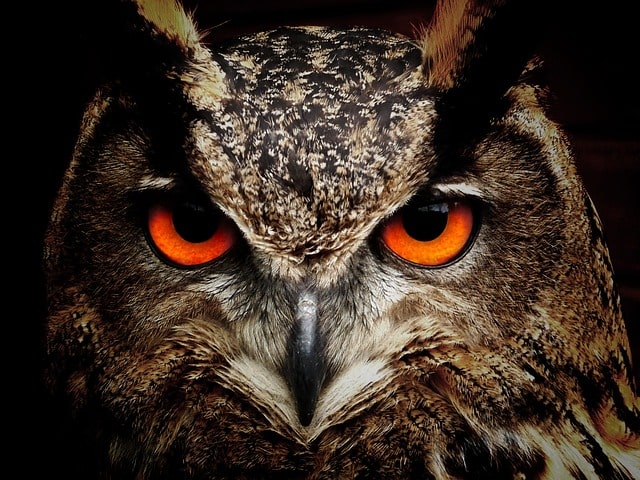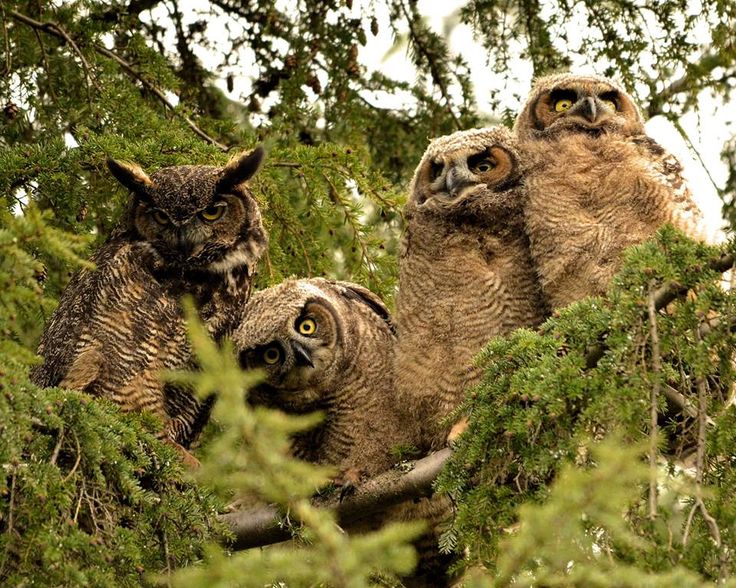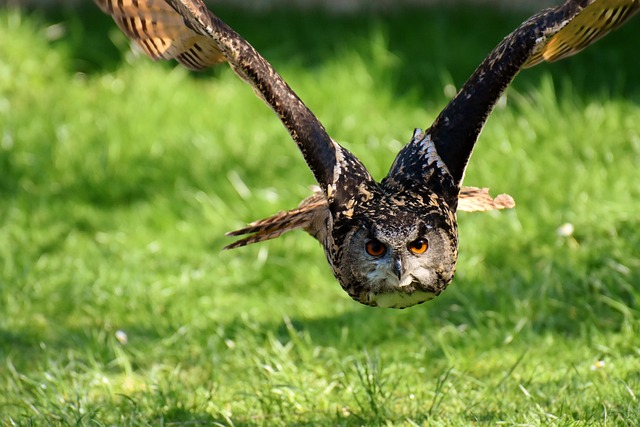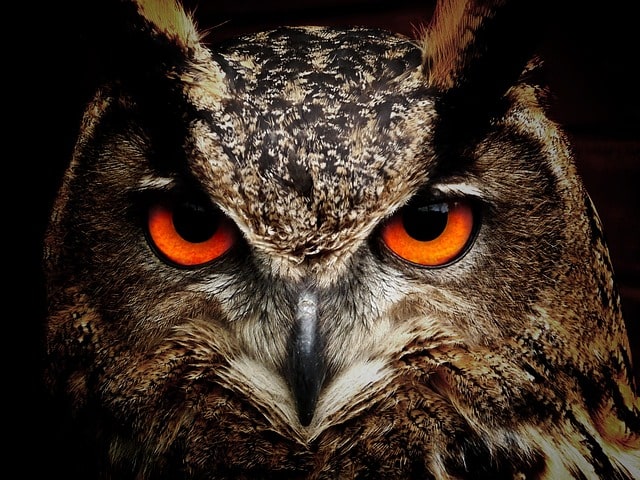Wonder Facts and Insights of Great Horned Owl
Owls have long captured the human imagination with their enigmatic charm, and none more so than the majestic Great Horned Owl. As we delve into the world of these nocturnal wonders, let’s unravel wonder facts and insight of Greta Horned Owl.
The taxonomic classification of horned owls is as follows:
- Phylum: Chordata
- Class: Aves
- Order: Strigiformes
- Family: Strigidae
- Genus: Bubo
- Species: Bubo virginianus
The incredible horned owl (Bubo virginianus), otherwise called the tiger owl (initially got from early naturalists’ portrayal as the “winged tiger” or “tiger of the air“), or the hoot owl, is a huge owl local to the Americas.
Mystique of the Great Horned Owl:
The great horned owl, a creature of the night, possesses an allure that captivates both nature enthusiasts and wildlife aficionados alike. Unveiling its secrets can be as mesmerizing as its hooting calls echoing through the nocturnal silence. Let’s embark on a journey through ten intriguing facts about this majestic avian predator (predatory birds).

Incredible Owl (Bubo virginianus)
Fascinating Facts About the Great Horned Owl:
1. Majestic Appearance and Silent Flight
The great horned owl, scientifically known as Bubo virginianus, boasts an imposing appearance with its distinct tufted “horns” atop its head. The silent flight of the great horned owl is a marvel of nature. Specialized feathers, serrated at the edges, muffle the sound of its wings, allowing it to approach its prey with stealthy precision. As it soars through the night, this majestic creature exhibits a silent grace that enhances its reputation as a master of the dark.
2. Versatile Diet and Hunting Prowess
This formidable predator isn’t picky when it comes to meals. This adaptable bird of prey exhibits a broad and varied diet, showcasing its ability to thrive in diverse habitats. From rodents and rabbits to skunks and birds, the great horned owl exhibits a diverse palate. Its hunting success is its exceptional vision and acute hearing allows it to locate prey in complete darkness, further enhancing its predatory capabilities.
3. Horned Owl: A Night Hunter’s Lifestyle
The hoot owl, known for its commanding presence in the night skies, epitomizes the essence of a night hunter’s lifestyle. Equipped with remarkable adaptations, this nocturnal predator thrives in the darkness, showcasing a set of behaviors that define its captivating existence.
4. Wide Geographic Range and Adaptive Habitat
This adaptable bird of prey, boasts a wide geographic range that spans across North and South America. Its remarkable success in diverse habitats reflects its ability to thrive in a variety of ecosystems. This owl species is highly versatile, inhabiting environments ranging from dense forests and open woodlands to arid deserts and urban areas. Such adaptability is facilitated by its art of hunting and a varied diet, which includes mammals, birds, and even other birds of prey.
5. Mating Rituals and Monogamous Bonds
In their mating rituals, great horned owls are known for their commitment. Mating for life, they engage in intricate courtship displays, reinforcing the strength of their monogamous bonds. These owl’s mating rituals and monogamous bonds exemplify the species’ commitment to partnership and cooperative parenting, highlighting the importance of strong familial ties in their remarkable existence.

Mating Rituals and Monogamous Bonds
6. Nesting Habits and Parental Dedication
These owls are renowned for its impressive nesting habits and exceptional parental dedication as well as they exhibit a remarkable versatility in choosing nesting sites. This can range from tree branches and ledges to abandoned nests of other large birds, ensuring adaptability to diverse environments. Nesting in a variety of locations, from abandoned nests to tree branches, great horned owl parents fiercely protect and nurture their offspring. Their nesting habits and parental dedication underscore the species’ adaptability and resilience, contributing to their success as one of the most widespread and formidable owls in the avian kingdom.
7. Natural Enemies and Threats
The survival instincts of horned owls are finely tuned to their natural environment, where they encounter various enemies and threats. One of the primary natural enemies of horned owls is other predatory birds, particularly larger owls and eagles. On the ground, mammals such as raccoons, foxes, and larger predatory animals can pose a threat to owl nests and young chicks. Understanding its natural enemies provides insights into the intricate balance of the ecosystem.
8. Cultural Significance and Symbolism
Throughout history, the great horned owl has been a symbol of wisdom and mystery in various cultures. In ancient Greek mythology, the owl was linked to Athena, the goddess of wisdom. The owl’s hooting sound has often been linked to omens and messages from the spiritual realm. Similarly, some cultures see the owl as a guide through the darkness. Moreover certain superstitions connect the horned owl to darker themes, associating it with death or impending doom. Despite these varied interpretations, the horned owl consistently occupies a prominent place in art, literature, and folklore globally.
9. Horned Owl:
In fact horned owl ranked among the largest owl species, they commands attention with its substantial size. Its robust build and powerful talons make it a force to be reckoned with in the avian hierarchy. This majestic owl is one of the largest owl species in North America, with an average length ranging from 18 to 25 inches (46 to 63 cm) and a wingspan that can exceed 3.3 feet (1 meter).

Size and Physical Strength of Owl
10. Conservation Concerns and Environmental Impact
The horned owl, a prominent species in the owl family, plays a crucial role in maintaining ecological balance. Despite its adaptability, the great horned owl faces threats from habitat loss, pesticides and pollution, climate change, road mortality, invasive species and human activities. So, recognizing the importance of conservation efforts is crucial to ensuring the continued existence of this awe-inspiring species.
Embracing the Essence of the Great Horned Owl
In conclusion, the great horned owl stands as a testament to nature’s brilliance, embodying strength, adaptability, and mystery. So, we unravel the layers of its existence, we gain a deeper appreciation for this nocturnal marvel, a creature that silently soars through the night, leaving an indelible mark on the tapestry of the wild.



